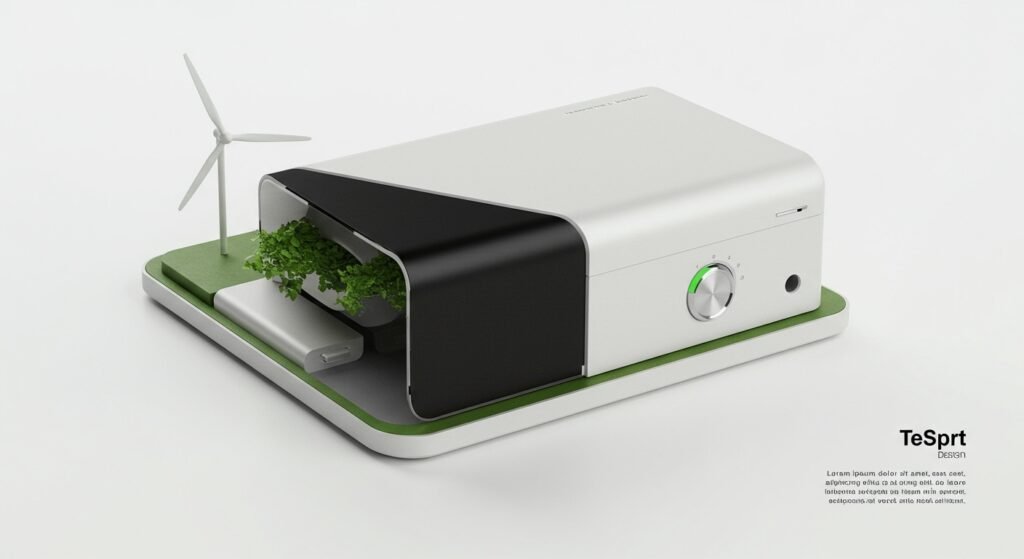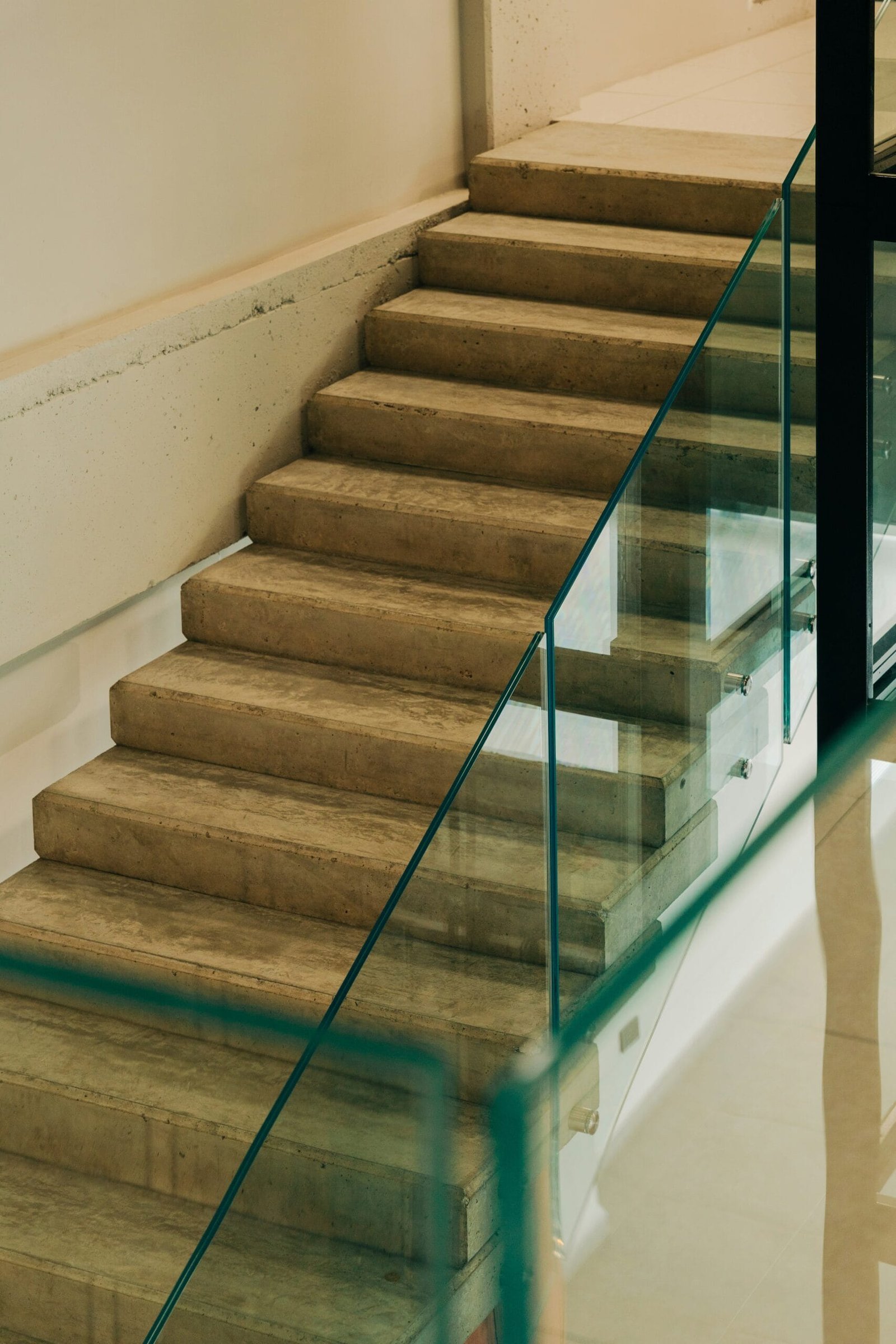In an era defined by environmental urgency, the concept of Sustainability in Industrial Design has transcended from a niche concern to a foundational imperative. It’s no longer just about creating visually appealing or functional products; it’s about designing with the entire lifecycle in mind, minimizing environmental impact, and fostering a healthier planet. This article delves into the transformative power of sustainable design, exploring its principles, challenges, and the innovative future it promises for product development.
- 1. The Imperative of Sustainability in Industrial Design
- 2. Key Principles for Eco-Conscious Industrial Design
- 3. Implementing Sustainable Practices: Challenges and Opportunities
- 4. The Future of Industrial Design: Trends and Innovations
1. The Imperative of Sustainability in Industrial Design
The global community faces unprecedented environmental challenges, from climate change to resource depletion. In response, Sustainability in Industrial Design emerges as a critical pathway to mitigate these impacts. Designers are now tasked with the responsibility of creating products that not only meet consumer needs but also align with ecological principles, ensuring that today’s innovations do not compromise tomorrow’s resources. This shift requires a holistic approach, considering every stage from raw material extraction to end-of-life disposal.
1.1. From Linear to Circular: A Paradigm Shift
Traditionally, industrial design followed a linear “take-make-dispose” model. However, the unsustainability of this approach has led to the adoption of circular economy principles. This paradigm shift encourages designers to envision products that can be reused, repaired, refurbished, and recycled, keeping materials in circulation for as long as possible. It’s a fundamental rethinking of how products are conceived, produced, consumed, and managed, moving towards a regenerative system.
1.2. Material Innovation: The Core of Sustainable Products
At the heart of sustainable industrial design is the judicious selection and innovation of materials. Designers are increasingly exploring alternatives to finite resources, focusing on renewable, recycled, recyclable, and biodegradable options. This includes everything from plant-based bioplastics to advanced composites made from industrial waste. The choice of material significantly dictates a product’s environmental footprint.
| Material Type | Characteristics | Applications |
|---|---|---|
| Recycled Plastics | Reduces waste, lower carbon footprint compared to virgin plastics | Packaging, furniture, automotive parts, outdoor products |
| Bamboo | Rapidly renewable, strong, lightweight, versatile | Flooring, textiles, construction materials, kitchenware |
| Bioplastics (e.g., PLA) | Plant-based, some compostable varieties, reduced reliance on fossil fuels | Disposable packaging, 3D printing filaments, medical devices |
| Upcycled Textiles | Gives new life to fabric waste, reduces landfill burden, unique aesthetics | Apparel, home decor, insulation, automotive interiors |
| Mycelium Composites | Fungus-based, biodegradable, lightweight, strong alternative to styrofoam | Packaging, insulation, furniture components |
2. Key Principles for Eco-Conscious Industrial Design
Beyond material choice, sustainable industrial design incorporates several guiding principles to minimize environmental impact throughout a product’s lifecycle. These principles guide designers toward more responsible and innovative solutions.
2.1. Design for Durability and Longevity
One of the most straightforward ways to reduce environmental impact is to design products that last. This means prioritizing robust construction, high-quality materials, and timeless aesthetics that resist obsolescence. A product that serves its purpose effectively for many years reduces the need for frequent replacements, thereby conserving resources and energy associated with manufacturing new items. This approach also encourages a deeper connection between the user and the product.
2.2. Design for Disassembly and Recycling
For products that eventually reach their end-of-life, designing for easy disassembly is crucial. This facilitates repair, refurbishment, and the efficient separation of components for recycling. Using standardized fasteners, modular designs, and clearly labeled materials simplifies the recycling process, ensuring valuable resources can be re-entered into the supply chain rather than ending up in landfills. Understanding these principles is a key part of effective industrial engineering principles in modern manufacturing.
3. Implementing Sustainable Practices: Challenges and Opportunities
While the benefits of sustainable industrial design are clear, its implementation presents certain challenges. These include higher initial costs for sustainable materials, the complexity of supply chains, and the need for new manufacturing processes. However, these challenges are outweighed by significant opportunities: enhanced brand reputation, compliance with evolving regulations, access to new markets, and long-term cost savings through resource efficiency. Organizations like the Ellen MacArthur Foundation provide invaluable resources and frameworks for transitioning to a circular economy.
4. The Future of Industrial Design: Trends and Innovations
The trajectory for industrial design is undeniably green. Emerging trends include advanced biomaterials, smart products that optimize resource usage, and localized manufacturing leveraging 3D printing to reduce transportation emissions. The integration of AI and data analytics will further enable designers to model environmental impacts and optimize designs for sustainability. The future promises products that are not only aesthetically pleasing and functional but also intrinsically beneficial to our planet.
In conclusion, embracing Sustainability in Industrial Design is no longer an option but a necessity. It represents a powerful lever for positive change, driving innovation that respects ecological boundaries and fosters a circular economy. As consumers increasingly demand eco-conscious products, designers and manufacturers are poised to lead the charge towards a more sustainable and resilient future.


